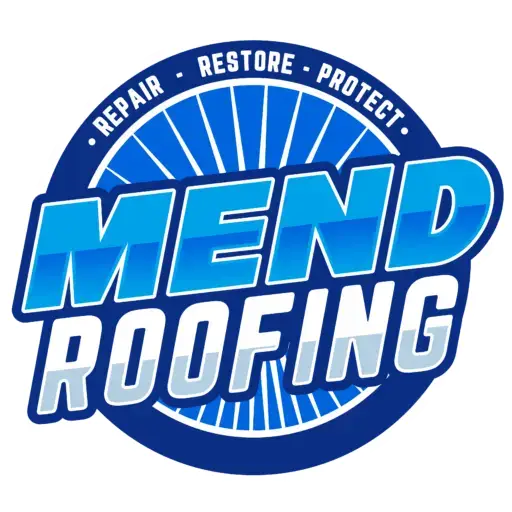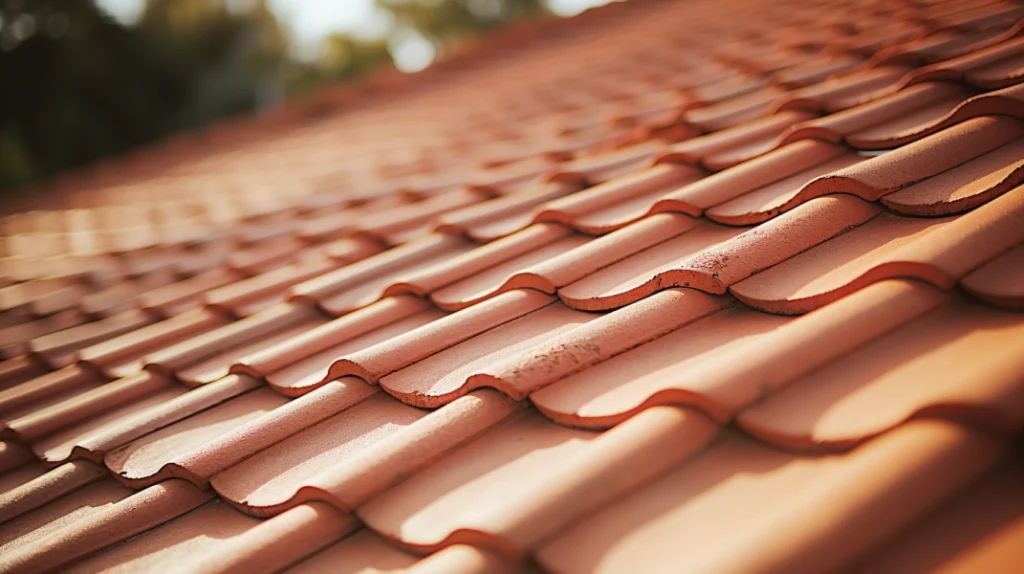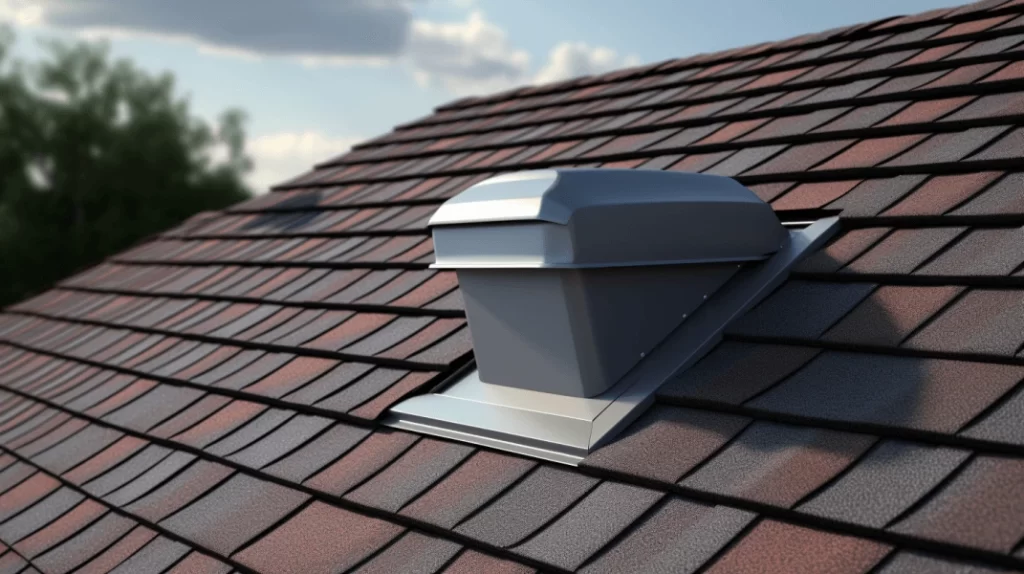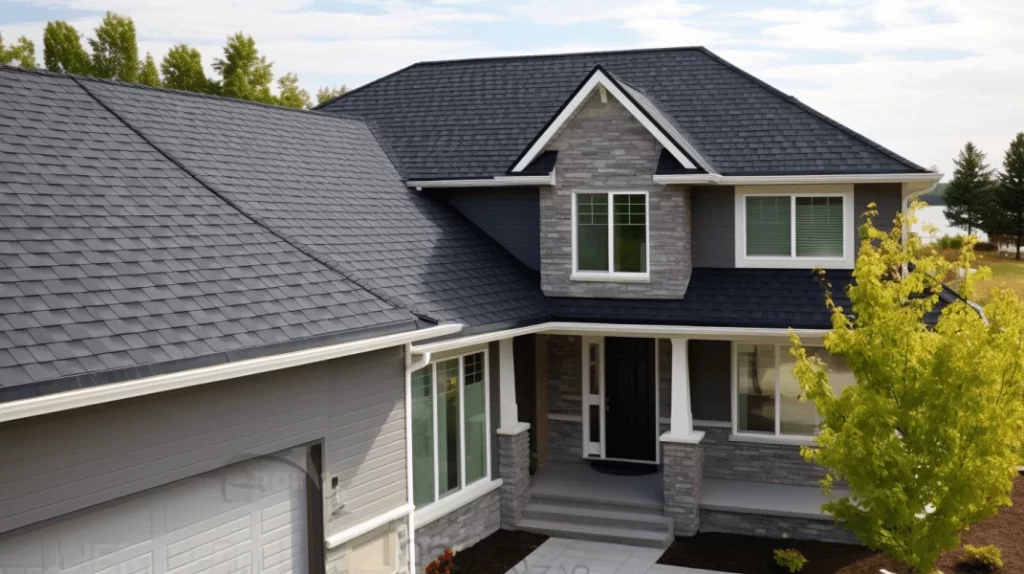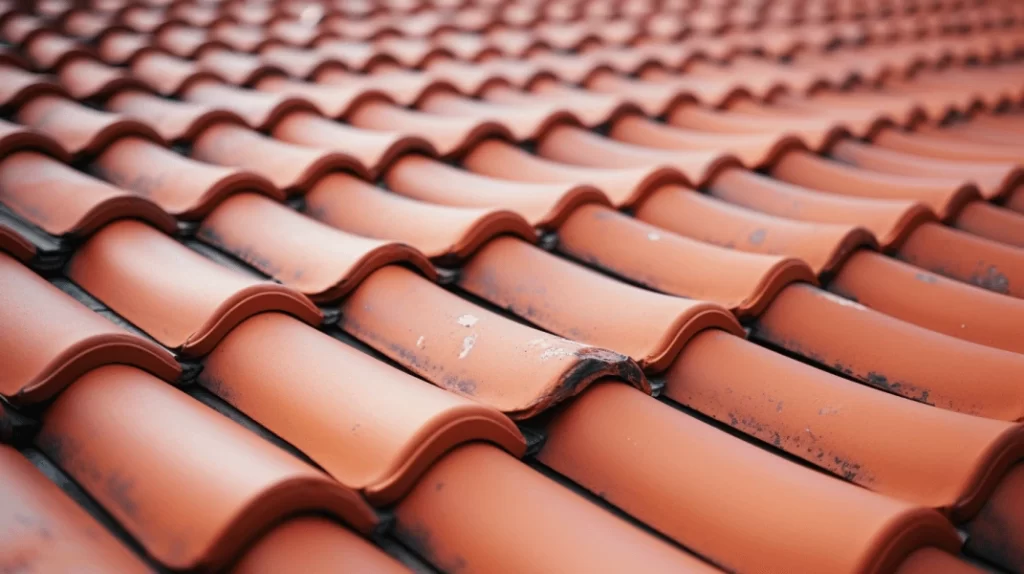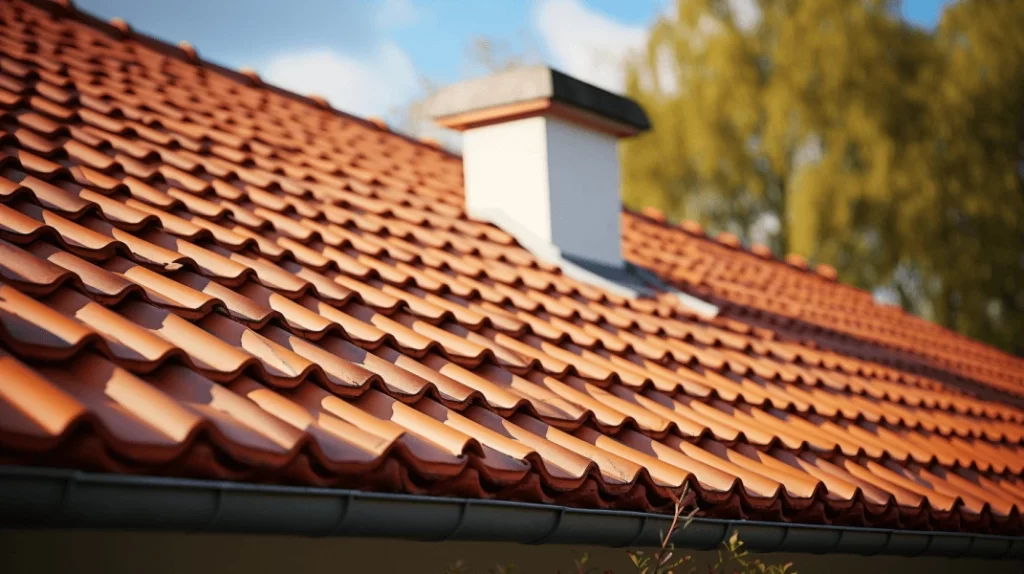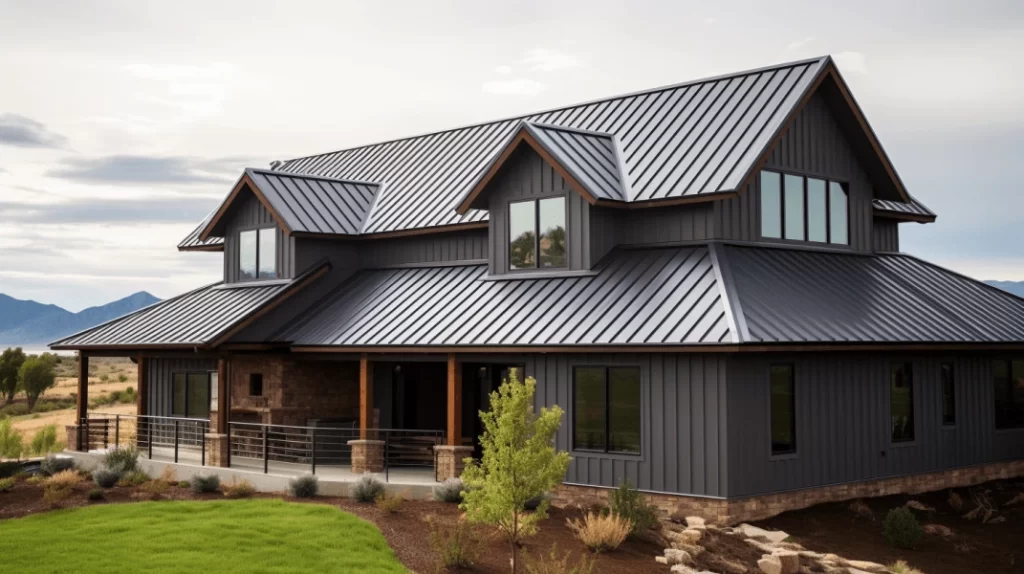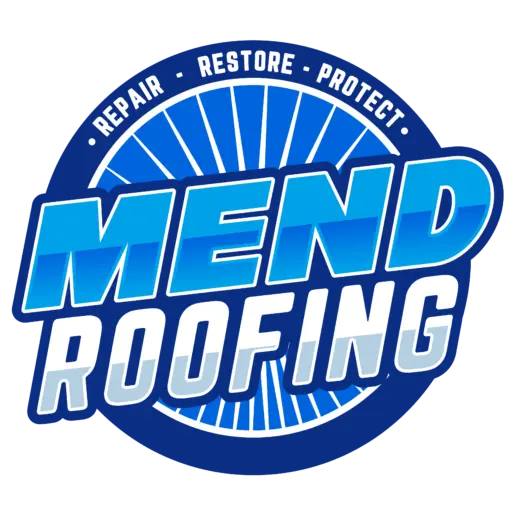Roofs, as the primary shields of our homes, are susceptible to a range of damages, especially after severe storms. Recognizing when it’s time to repair or replace your roof is vital for maintaining the structural integrity of your home and ensuring the safety of its inhabitants. This guide by Mend Roofing provides detailed insights to help residents make this critical decision.
The Lifespan of a Roof
Before diving into the specifics of storm damage, it’s crucial to understand the typical lifespan of various roofing materials:
- Asphalt Shingles: 15-30 years
- Wood Shingles: 20-25 years
- Metal Roofs: 50-70 years
- Tile Roofs: 50+ years
- Slate Roofs: 100+ years
If your roof, installed by a reputable roofing company in Spring, is nearing the end of its expected lifespan, storm damage might just be the last straw, pushing you towards a replacement.
Key Indicators of Storm Damage
1. Missing Shingles
Storms, especially those with high winds, can rip shingles from your roof. If a large section of shingles is missing, this might compromise the roof’s integrity, necessitating a replacement.
2. Bruises or Dents on Shingles
Hailstorms can cause bruises or dents on the shingles. While minor dents may not seem threatening, they can escalate into major issues if not addressed promptly by a professional roofing contractor in Spring TX.
3. Granules in the Gutters
If you notice asphalt granules in your gutters after a storm, your shingles might be nearing the end of their lifespan. Granules are crucial for protecting shingles from UV rays and ensuring water resistance.
4. Leaks Inside the House
Leaks can be a result of storm damage or underlying roof problems. Check your attic or top floor for signs of water damage.
5. Damaged Flashing
Flashing, typically made of metal, protects roof joints from water intrusion. Storms can damage or misalign these pieces, leading to potential leaks.
Evaluating the Extent of the Damage
Once you’ve identified the signs of storm damage, the next step is to assess the extent:
- Minor Damage: A few missing or damaged shingles. This typically calls for a repair.
- Moderate Damage: Several areas with missing shingles or multiple leaks. Depending on the roof’s age and who installed it – such as one of the reputable roofing companies in Spring Texas like Mend Roofing – a repair or replacement might be necessary.
- Severe Damage: Large sections of the roof are compromised. Replacement is often the most feasible option.
Factors Influencing the Repair or Replacement Decision
1. Age of the Roof
If your roof is older and nearing its expected lifespan, replacing it with Mend Roofing might be more cost-effective in the long run.
2. Historical Frequency of Repairs
A roof that requires frequent repairs is a sign of chronic issues. In such cases, a replacement might be the best choice.
3. Future Weather Expectations
If you live in an area prone to storms or extreme weather, investing in a robust, new roof can save future costs and potential dangers.
4. Budgetary Considerations
While repairs are generally cheaper, repeated fixes can add up. Sometimes, investing in a new roof can be more economical over time.
Conclusion
The decision to repair or replace your roof after storm damage should be based on a thorough assessment of the damage, the age of your roof, and other crucial factors. Engaging with a professional roofing expert, such as Mend Roofing, can provide you with a detailed inspection and guide you on the best course of action for your specific situation. Proper maintenance and timely decisions can ensure the longevity of your roof and the safety of your home.
